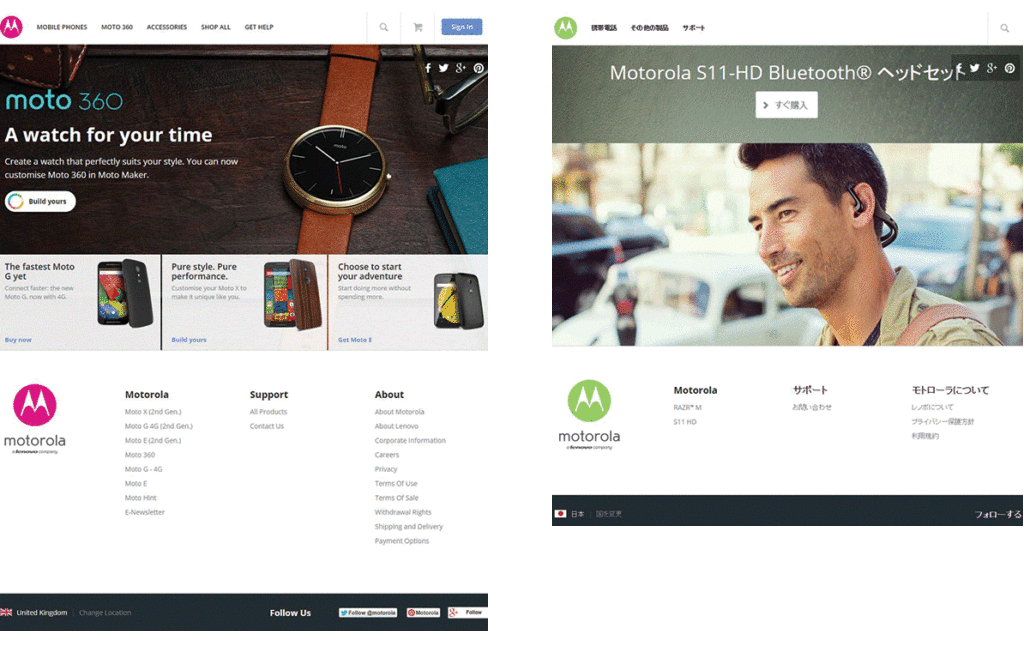How to translate websites. Episode 6: Cultural adaptation
As pointed out in the last episode of ‘How to translate websites’ on pictures and images, translation of websites is usually one of many steps in the website localisation process. Let’s have a look now at another important component: cultural adaptation.
How: visuals and language
Cultural adaptation of websites isn’t limited to colours, graphics, date or number format. It’s much more than that. First, you’ll need to know how the target users navigate websites: what is their main focus? Where do they look first? Would they search for the contact data in the main upper menu or at the bottom in the footer? Is the right or left side menu more comfortable in use? Navigation patterns may vary from country to country, but once you know the answer to these questions, it will be easier to modify your website to suit the expectations of the target users.
It’s also important to look at the linguistic aspects. Think about the profile of the target website users and choose appropriate style, register, suitable metaphors and phrases. All cultural references need to be adapted to make the texts on the website clear and understandable. Finally, if a website features articles interesting only for users of the original version, you might want to contact your client and point out that the localised version should include more local news and information on country related activities. It may also be useful to add extra content for the localised version, such as Terms and Conditions, Site Map, etc. depending on the habits and behaviour of the target audience.

British and Japanese versions of the same website. Notice how the Japanese website has been adapted to the culture: fewer text strings, one simple image and a more transparent design.
Why: benefits and perks
Why would you adapt your website to another culture? Why would you advise your customers to adapt their websites? Culture plays an important role in
e-commerce, business and customer relations. That’s why every website should address the needs and habits of users in different countries. This approach will help you improve usability and interactivity of the website, build a better company image and increase comfort level of the international users. Finally, you’ll be able to eliminate cultural misunderstandings that may have a detrimental impact on the website and the whole brand.
Once the website is not only translated, but also culturally adapted, your users will be more likely to turn into your regular and loyal customers. After all, what’s the point of having a website, if it doesn’t grow your business?
Do you want to learn more how to translate and localise websites? Check out my online course How to translate and localise websites!

